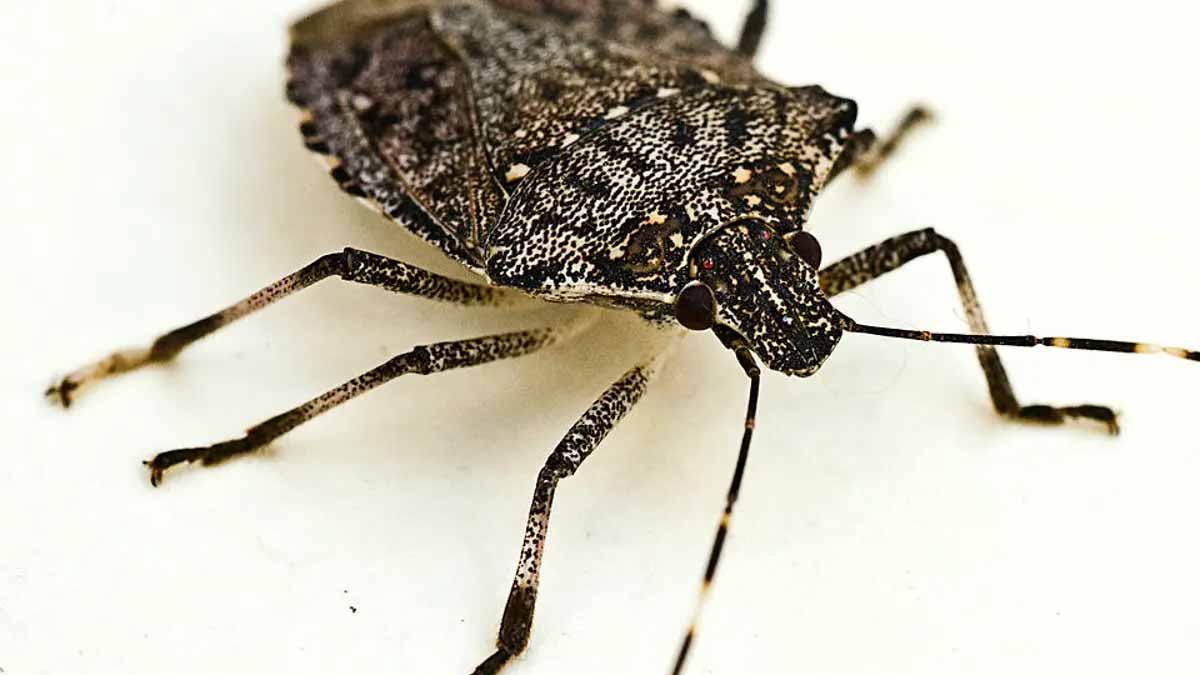Colder days nudge hidden invaders toward warm walls, and your rooms feel tempting. Before drafts settle in, a few practical moves block costly headaches each day. Act early, because gaps become highways as twilight glows, while porch lights amplify traffic. Simple inspections, quick sealing, and gentler lighting preserve comfort without fuss. With smart timing and simple fixes, stink bugs lose their path, and your space stays quiet, snug, and yours.
Why fall drives swarms to walls
As daylight shortens and temperatures slide, shield-shaped stink bugs cluster on siding and porch lights. They gather in September and October, since late warmth extends activity while early chills push them to shelter. You spot clumps on bright walls, then notice patience as they scout seams, weep holes, frames, and trim.
This season’s mild spell stretches breeding, so more adults roam during twilight and sunny mornings. Because warmth lingers near stone, brick, and south-facing surfaces, they scale upward, pause, and probe for hairline gaps. First frosty nights arrive, yet the search intensifies, and the determined movement concentrates near doors and windows.
Homes across neighborhoods report similar pressure, and the pattern repeats each autumn, despite regular cleaning. You feel annoyance, but the fix begins with awareness, then planning, not panic. Track where insects stage outside, since that map explains which joints need sealing, which screens need attention, and which fixtures need adjustments.
Seal entries before stink bugs arrive
They rarely need an open door, as even a thumbnail-thin narrow gap under thresholds works. Torn screens, loose weather seals, or holes around pipes and wiring offer short, direct tunnels. Because light and heat guide behavior, stink bugs drift toward bulbs at dusk, then rest on sunny walls by day.
Walk a slow exterior loop, then press caulk into cracks at siding joints, trim corners, and foundation lines. Replace brittle weatherstripping, set sturdy sweeps, and refit door bottoms so daylight disappears. Patch screens and staple tight mesh over vents and chimney caps, while attic louvers receive hardware cloth that resists chewing.
Brightness invites trouble, so swap white outdoor bulbs for yellow LEDs, and set timers that cut glare earlier. When infestations were heavy last year, apply an exterior barrier spray around frames under label directions. You reduce entry risk, because exclusion starts outside, works quietly, and avoids drama inside living spaces.
Remove indoor pests without odor
When one of the stink bugs slips inside, avoid crushing it, since the odor lingers and spreads on fabrics. Reach for a vacuum with a bag, then capture the insect and step outside to seal and discard. You clear the room, while carpets and seats stay clean, dry, and without stains.
A simple trap helps during busy evenings. Pour water into a jar, add dish soap, tip the invader in with a card. The film breaks surface tension, so sinking is sure, and the solution contains any smell while you tidy tabletop or counter. Keep the jar near busy spots for use.
Light can work for you as well, because attraction still applies indoors. Place a pan of soapy water beneath a lamp, then let the glow do steady work overnight. Morning arrives with floating captures, and your routine stays calm, efficient, and safe for pets and children. Place it where evening traffic is highest.
From East Asia to U.S. homes: the rise and risks
The brown marmorated invader originated in East Asia and appeared in the United States during the mid-1990s, through cargo. It spread to dozens of states, and growth accelerated because few predators tolerate the defensive scent. Numbers expanded for two decades, while homeowners noticed seasonal surges beside siding, soffits, and porches.
Farms feel the cost first, as fruit and vegetable skins suffer piercing mouthparts that sip plant juices. Harvests lose quality, processors reject loads, and markets absorb losses measured in millions each year. Inside homes, the impact stays different, since structure and wiring remain intact and people avoid bites or stings.
Understanding the storyline shapes choices, and stink bugs become far easier to manage when you separate nuisance from harm. Because damage concentrates outdoors, you focus energy on prevention, not panic. That clarity supports patient routines, stronger sealing, smarter lighting habits, and steady follow-through before the first hard freeze truly arrives.
Build a barrier stink bugs hate
Start beyond the walls, where clutter invites staging. Rake fallen leaves, trim shrubs, and move wood away from foundations, as debris shelters insects and amplifies pressure on points. Collect dropped fruit and clear garden leftovers near siding, because cleanup reduces food cues and shortens scouting stops. Store patio gear to reduce shadows.
Natural scents help at pinch points. Spray garlic-infused water along sills and frames, refresh peppermint oil on windowsills, since aromas discourage lingering stink bugs. You pair these steps with sealing, so synergy builds, while air stays pleasant and surfaces remain safe for family routines. Refresh after rain or heavy dew.
Make prevention a fall habit that repeats each year, and schedule inspections as summer fades. Look for fresh hairline cracks, then carefully seal them before cold pushes insects inward. When last season brought swarms, book perimeter treatment with a licensed pro, because service adds a safety margin before winter holidays.
Keep winter calm while noisy pests stay outside
Small, steady chores now bring quiet months ahead, and living rooms keep their warmth without surprises. Because light, heat, and shelter drive behavior, your plan blocks paths, reduces attraction, and removes strays cleanly. With sealing, smart lighting, tidy yards, and calm indoor tactics, stink bugs lose momentum, while your home keeps comfort and control all winter. You save time, avoid odors, protect gardens, and enjoy evenings while weather shifts outside.
